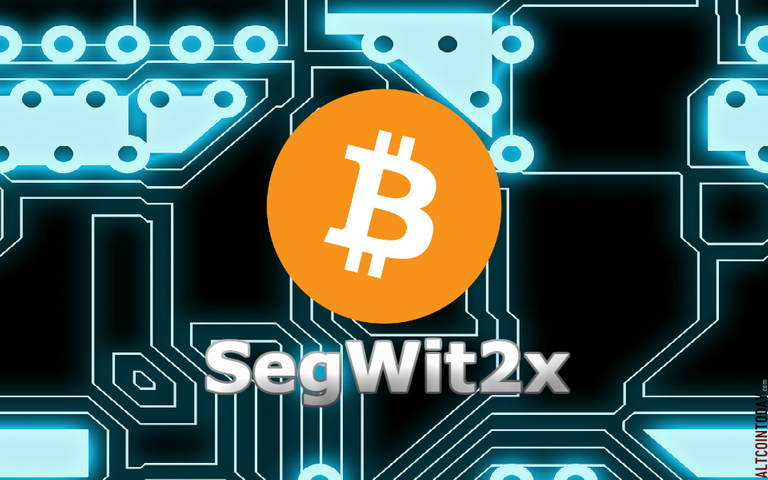November 17th saw a group of bitcoin miners (people who use computational power to create new blocks in the blockchain network). This group wanted to create what’s known as a hard fork of the cryptocurrency known as bitcoin. The fork was unsuccessful in carrying out its activities, but it managed to grab a lot of attention.
First, let’s establish what a fork is and what impact it had on the crypto based currency. In order to grasp the concept of a ‘fork’ we need to understand the overall technology behind the blockchain. Although a lot of attention is primarily focused on bitcoin itself, the real magic shall we say is the network in which the cryptocurrency is based on, which is blockchain.
Blockchain is essentially a decentralised database where the open financial ledger for bitcoin is stored upon. It was developed as an open source technology, with open being at the forefront of how it works. It acts as a network, where computers (or nodes) can have access to the database and each act as a security measure to confirm transactions. An open ledger system like the blockchain network prevents it from receiving cyber attacks in an attempt to corrupt the data. Because each node shares the same information on the ledger, and if one node reads a block that is different from others on the network, transactions will not be approved.
What is a hard fork?
With blockchain, there is no central provider. Rather there are 100’s or maybe even 1000’s of nodes on the network that manually update the ledger with the latest blocks. This is what gives blockchain it’s decentralised nature, and why it’s so appealing to people who wish to retain their privacy.
An issue with this is that whilst each chain be secured with a hash, it’s often the case that someone might want to split the current chain. To use an example, if you imagine cars traveling down a one way road; they can only go one way and onto a new road.
This isn’t an issue with normal blocks or chains, because if any users want to adapt to the newly created blocks, they merely have to switch to the forked data. However the old crypto currency chains that are being used before the fork took place, would become useless upon the switch.
Is a hard fork a good thing?
You could argue both sides and present the evidence for why it’s a good idea, as well as why it’s a bad idea. Segwit2x has claimed to have had the majority of its support from miners, who are the network users who run dedicated hardware needed to secure the blockchain and profit from bitcoin’s block rewards.
Startups are also in support of the fork, by providing a service to bitcoin users and allowing them to spend, store and even purchase other crypto style currencies, and make gains on the rapid expansion of their value.
They are both in the frame of mind that bitcoin should be digital money, and should compete with the U.S dollar and other fiat currencies. They argue that a priority should be out on its use as a means of exchange.
The flip side however has also included some resistance to the hard fork. Opposing the fork includes developers and node operators, who argue that Bitcoin “is a store of value, not a payment network”, although they seem to think the latter is a possibility in the future with greater technology. They have also made the point that if Bitcoin were to ever break or fail to deliver transactions, they believe that action could undermine the entire project.
What the failed Segwit2x Fork means
Segwit2x was supposed to be a different way to manage the bitcoin chain of data, the issue is that many miners have discovered that the file size of the entire bitcoin chain is now over 100gb. This makes the process of updating any of its blocks extremely difficult. Even though the fork never happened, if it did go ahead as planned, then it would have meant that there were 2 types of algorithm and the original would become useless.
Follow for more information on the crypto scene as we go forward
Please upvote and comment if you found this helpful at all
